
Cryptocurrencies that comply with ISO 20022 could benefit significantly in the future. They will be prime candidates for financial institutions looking to expand their services through the unique benefits blockchain technology offers. The ISO 20022 cryptocurrency list helps you identify the best cryptocurrencies that comply with the ISO 20022 standard.
In this article, we will explain in simple terms what ISO 20022 is and take a look at which cryptocurrencies currently comply with the standard.
Main Content:
- The ISO 20022 standard simplifies data exchange between financial institutions, increases automation, reduces errors and improves cash flow visibility.
- According to the latest report, approximately 72% of banks have achieved ISO 20022 compliance, with other banks expected to comply by 2025.
- Cryptocurrency companies that have adopted the ISO 20022 standard, such as XRP and Stellar, offer easier integration into the financial system and potential industry adoption.
- The adoption of ISO 20022 by cryptocurrency projects such as Algorand, Quant, and Hedera will improve compatibility with traditional finance, promoting broader adoption and technological integration.
What is ISO 20022?
According to SWIFT, ISO 20022 is a methodology for standardizing data exchange between financial institutions. ISO 20022 can be used in a variety of fields including payment clearing and settlement, securities trading and settlement, cash management, and account management.
In essence, ISO 20022 addresses the problem of financial institutions using different formats and protocols for electronic data, resulting in inefficiencies. By adopting ISO 20022, financial institutions can reduce costs, reduce the likelihood of errors and reduce the complexity of data exchange.
According to SWIFT, the key benefits of ISO 20022 are:
“ISO 20022 will enable counterparties, intermediaries and beneficiaries to increase automation of transaction processing, reduce costly manual interventions and improve visibility into cash flows and cash positions (e.g. payment transactions) thanks to structured and rich data elements. there is.”
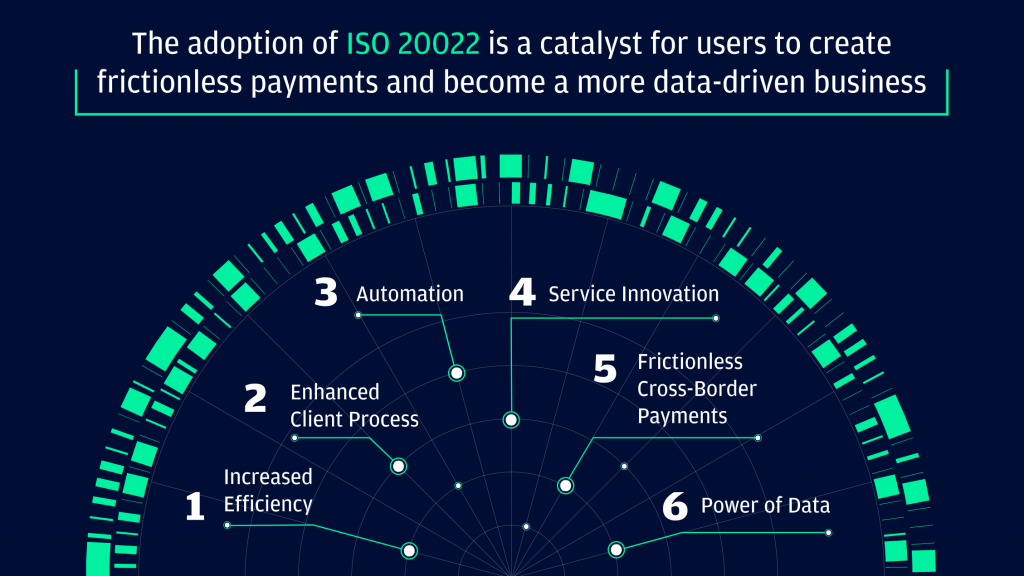
It is important to emphasize that not all institutions have fully implemented the prerequisites for ISO 20022 readiness. As Forbes reported earlier this year, about 72% of banks have achieved ISO 20022 compliance.
Organizations that have not yet taken the required steps to achieve ISO 20022 compliance will have until 2025 to make the necessary adjustments.
Best ISO 20022 Compliant Cryptocurrency
Some cryptocurrencies have been designed with the ISO 20022 standard in mind, potentially allowing for easier integration into the broader financial system. Being an ISO 20022 cryptocurrency means that a digital asset can integrate the messaging language defined in the ISO 20022 standard, making data exchange between blockchains and other financial systems such as SWIFT simpler.
ISO 20022 Coin can get a head start on adoption by the financial services industry. This is because ISO 20022 coins are much easier for businesses to integrate than cryptocurrencies that were not designed with this standard in mind.
Below you will find a list showing some of the most important ISO 20022 compliant ciphers.
- XRP – Highly efficient cryptocurrency suitable for cross-border payments
- mainly – Fast and cost-effective blockchain with built-in DEX
- Algorand – Pure proof-of-stake blockchain through smart contracts
- quant – Platform that enables interoperability between blockchains
- Hedera Hashgraph – Highly efficient DLT based on hashgraph architecture
- iota – DAG-based network for IoT use cases
1. XRP – Highly efficient cryptocurrency suitable for cross-border payments
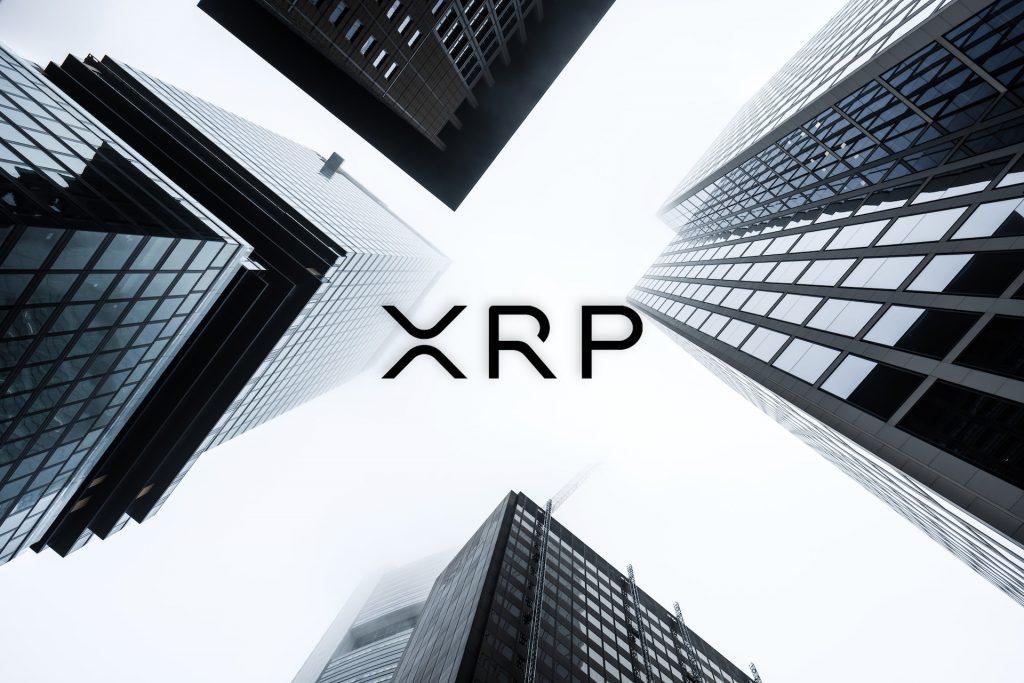
XRP is a cryptocurrency that offers extremely fast and cost-effective transactions using a unique consensus algorithm called the XRP Ledger Consensus Protocol. It is suitable as a bridge currency to enable liquidity between different fiat currencies.
Although XRP Ledger does not offer advanced smart contract functionality, the platform is optimized for payments and can deliver the performance and efficiency required by global financial institutions.
Leading the development of the XRP ecosystem is Ripple, a US-based company that uses XRP for cross-border payment products. Ripple is part of the ISO 20022 Standards Body and was the first blockchain-focused company to join it. Adopting the ISO 20022 standard will allow Ripple to offer its RippleNet solutions to a wider range of customers.
XRP Summary:
- Distributed Ledger with XRP Ledger Consensus
- XRP can process 1,500 transactions per second.
- Transaction costs only 1 cent.
- Ripple has partnerships with numerous major financial institutions.
2. Stellar – Fast and cost-effective blockchain with built-in DEX

Stellar is a cryptocurrency that was initially launched as a modified version of XRP. One of the co-founders of Stellar is Jed McCaleb, who also participated in the creation of XRP. The Stellar blockchain also offers extremely fast and efficient transactions.
The Stellar blockchain can be used to trade against XLM, the platform’s native currency, but it also offers built-in decentralized exchange functionality that allows for the seamless exchange of various assets issued on the Stellar blockchain.
With a focus on interoperability between financial institutions, Stellar is ready to easily embrace the ISO 20022 standard. Through the integration of ISO 20022, Stellar will enable more efficient cross-border transactions and facilitate improved communication with existing financial systems. XLM is poised to become one of the best ISO 20022 tokens on the market.
Star summary:
- Cryptocurrency with similar properties to XRP
- Built-in decentralized exchange function
- Useful for cross-border payments and stablecoins.
- Smart contract functionality through the Soroban platform
3. Algorand – Pure proof-of-stake blockchain with smart contracts
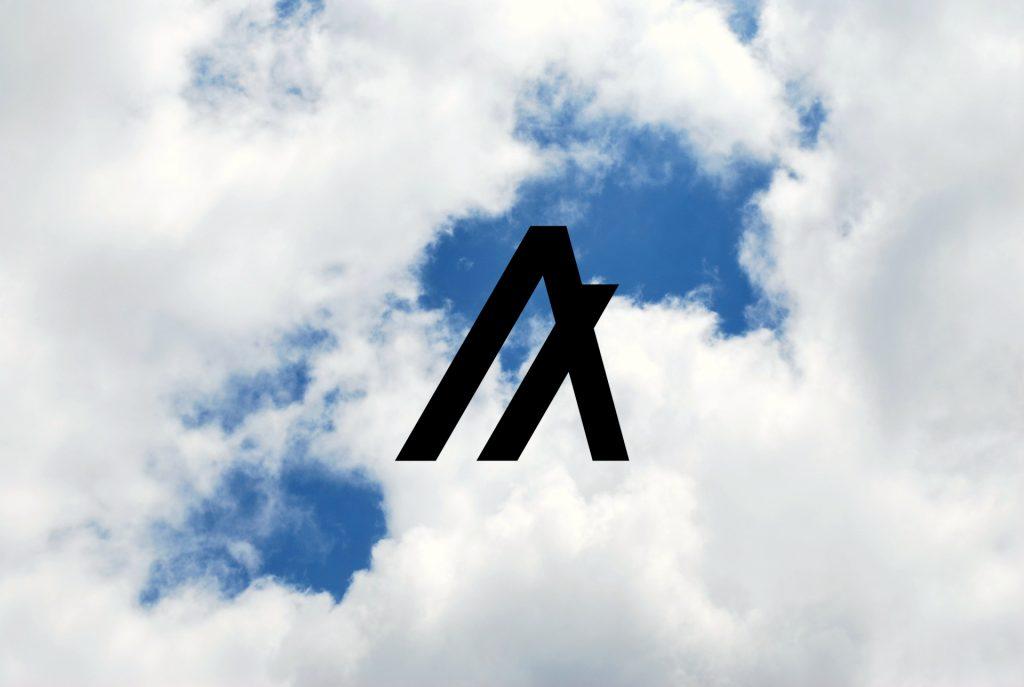
Algorand is a blockchain platform that supports smart contracts and uses a sophisticated proof-of-stake consensus algorithm that allows all ALGO holders to participate in the consensus process. The Algorand project was founded by renowned computer scientist Silvio Micali.
Algorand mainnet debuted in 2019. Since then, Algorand has seen several enhancements, including improved smart contract functionality and custom token support. Algorand is an intentionally environmentally conscious and highly efficient blockchain, and offers the lowest transaction fees of any cryptocurrency.
Through the integration of the ISO 20022 standard, Algorand has the potential to improve compatibility with existing financial systems, enabling easy integration with existing infrastructure.
This could lead to widespread adoption of Algorand technology, potentially attracting more developers and enterprises to join and build on the platform.
Algorand Summary:
- Pure proof-of-stake blockchain
- Smart contract and custom token support
- Very low transaction fees
- environmentally friendly
4. Quant – A platform that enables interoperability between blockchains
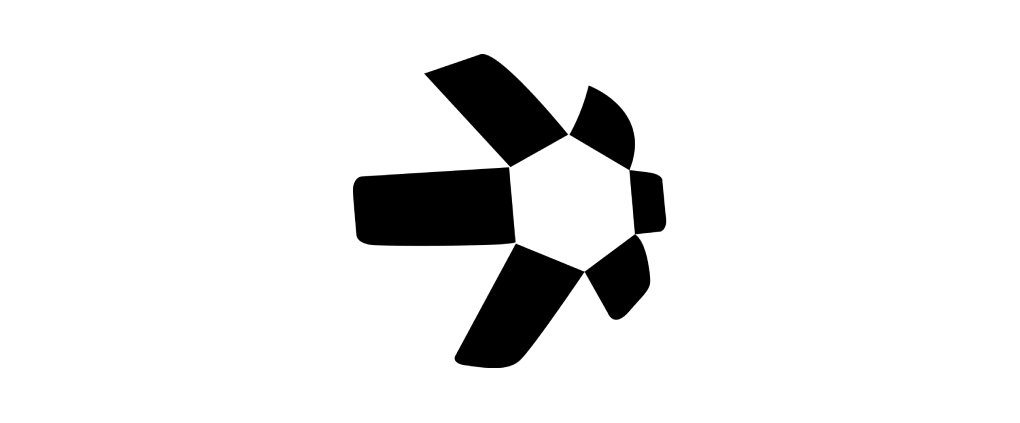
Quant is a blockchain platform that enables interoperability and establishes seamless connections between multiple blockchain networks. It uses the Overledger protocol to facilitate information exchange between different blockchain ecosystems. The Quant platform enables collaboration and innovation, enabling developers and enterprises to launch decentralized applications that can interact with a variety of blockchains.
Through the adoption of the ISO 20022 standard, Quant seeks to enhance compatibility with existing financial systems and simplify secure data exchange across various networks. Achieving ISO 20022 compliance could allow Quant to play a pivotal role in bridging the gap between various blockchain platforms and strengthening its role in the blockchain ecosystem.
Quantity summary:
- Blockchain focused on enabling interoperability
- Developers can launch mDApps, decentralized applications that work with multiple blockchains.
- It supports various blockchains such as Bitcoin, Ethereum, and XRP.
- Designed for financial institutions and small and medium-sized businesses.
5. Hedera Hashgraph – Highly efficient DLT based on hashgraph architecture
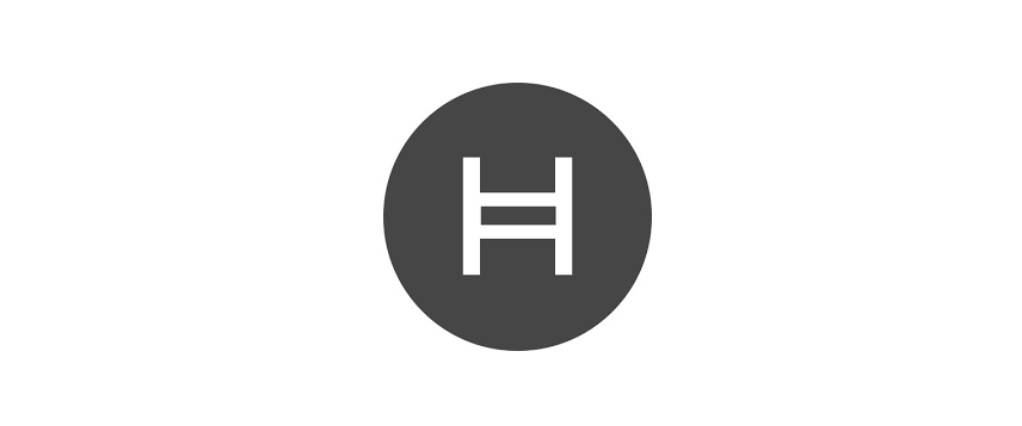
Hedera Hashgraph is a decentralized network that provides blockchain-like functionality but is based on an innovative architecture called Hashgraph. Hashgraph provides an alternative and arguably superior method for achieving decentralized consensus.
The platform offers transaction fees as low as $0.001, and transactions on Hashgraph are finalized within 3 to 5 seconds. According to the Hedera Hashgraph development team, the platform can facilitate more than 10,000 transactions per second.
The Hedera Hashgraph platform supports smart contracts compatible with the Ethereum Virtual Machine, making it a suitable platform for developers familiar with building using smart contract tools from the Ethereum ecosystem.
Hedera aims to seamlessly integrate decentralized applications (dApps) with existing infrastructure by enhancing compatibility with existing financial systems through adoption of the ISO 20022 standard.
Hedera Hashgraph Summary:
- Distributed ledger based on hashgraph technology
- Capable of processing over 10,000 transactions per second
- EVM-compatible smart contracts
- Low fees, transactions are finalized in 3-5 seconds.
6. IOTA – DAG-based network for IoT use cases

IOTA is another distributed ledger platform that abandons traditional blockchain architecture to achieve superior scalability. In the case of IOTA, the platform is built using a Directed Acyclic Graph (DAG) architecture, allowing it to support fee-free transactions. IOTA’s DAG network is called Tangle.
The enormous efficiency of the network makes IOTA a good candidate for Internet of Things (IoT) applications, where processing large amounts of data in a short period of time is of utmost importance.
IOTA is working to unify the ISO 20022 standard to establish a framework for standardized and secure data transfer between Internet of Things (IoT) devices. This strategic choice aims to easily integrate IOTA into the wider IoT ecosystem, ensuring consistent and secure data flow between IoT devices.
IOTA Summary:
- Distributed ledger platform based on DAG architecture
- Commission-free transactions
- Suitable for IoT applications
- It can process approximately 1,000 transactions per second.
conclusion
We hope that the ISO 20022 Cryptocurrency List will help you understand the ISO 20022 standard and how it relates to the cryptocurrency space. As you can see, the list of ISO 20022 compliant crypto tokens consists mostly of projects targeting enterprise use.
Many of the coins included in this list have very low transaction fees, making them usable for enterprise-level applications that need to process very large numbers of transactions in a short period of time. To learn more about this topic, check out our list of the cheapest cryptocurrencies you can transfer.
